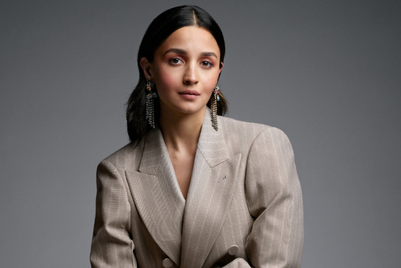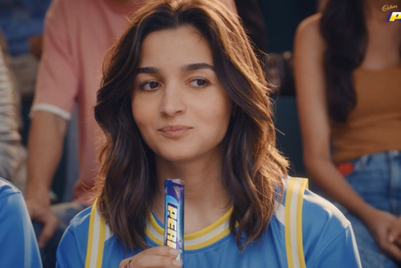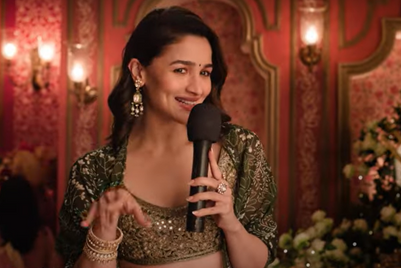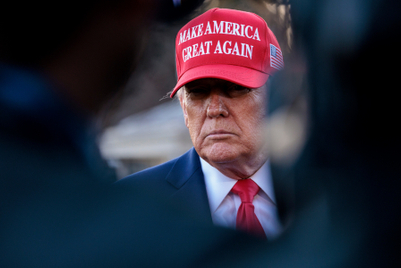In a world of rising branded content, celebrity and influencer endorsements, most associations are nothing beyond mere advertisements. With organic brand mentions seeming to be on their deathbed, there is a thin line between them and in-content brand integrations.
Moolah rocks the business world, and premiumisation is certainly one of the strong suits of product placements. Ever wondered how pricing differs, according to the kind and quality of the integration?
Campaign India reels across the industry, to understand how brands end up associating with big-ticket films and popular shows, in hopes of making brands immortal.
Why brands choose product placements
Product placement in films has been around for years, whether in the form of wearables, backgrounds or objects in the frame. A brand mentioned within dialogue delivery also makes the cut and becomes part of such marketing.
Any viewer of the seventh season of Koffee With Karan would have seen the very many brands that have associated with the show. And then there are the likes of the popular track 'Fevicol se' (with Fevicol) in Dabangg 2.
But, why do marketers pay a premium for such associations, when they can buy spots to focus on their brand alone?
“If I ran X number of spots, that would be my media plan and the campaign would be over. However, if I integrate them into films, it remains for eternity. The premium is charged not only for integration in the story but also for the core media value that remains for a much longer time,” explained Vineet Singh Hukmani, former MD and CEO, Radio One India.
Brands end up spending significant media money on traditional forms of advertising, only to drive reach and frequency.
However, Giridhar Seetharam, chief business officer, Fevicol, said, “An in-film integration can have a large organic reach, especially if the film is a hit. It has value with repeat viewing on multiple platforms.”
In addition, seeing your favourite character alongside a brand could change your perception of it, according to Sanjay Tripathy, founder and CEO, Agilio Labs. He suggested that this is something brands are banking on. “Research has shown that viewers are most influenced by product placements in which the product or brand name is spoken by one of the characters, as compared to screen placement.”
Uday Mohan, president and chief client officer, Havas Media Group India, lists when traditional advertising works better versus product placements.
“Traditional advertising helps initially when the brand is creating awareness, as compared to a film or in-show integrations which help further drive specific attributes of an already established brand.”
Pricing
In India, the 2022 film which coincidentally was also called Thar (a neo-western action thriller) was shot in the desert and featured a lot of Mahindra Thars. Although the price paid by Mahindra is not laid bare, experts suggest that they would’ve never gotten such mileage with a 30-second ad film.
Seetharam highlights the two elements of in-film integrations. “One is the pricing for the brand presence, which varies on the scale of the film and quality and length of the integration. The other is the commitment to joint media promotions.”
However, he confirmed that although the media rates for co-branded commercials could differ slightly from the traditional media rates, the difference is not very significant.
“Since in-show brand exposure is an integral part of the regular content, and not during a break, a premium over the regular spot rate for the same slot is applied, which usually is around 25%,” shared Mohan.
Hukmani also explained about an ambush premium that brands have to pay in certain cases. “If an actor refuses to promote aerated drinks, but a film has already done a deal with a fizzy brand - where it appears somewhere in the same frame as the actor, he or she can ask for an ambush premium.”
Regular advertising gives access to the spot rating as well as spot cost, making the cost and viewership directly attributable. However, the flipside of in-show integration is that it’s difficult to be accurately measured.
Brand-content synergy
Media agencies typically shortlist a film or a show, depending on multiple factors, such as brand philosophy, celebrity connect and target group.
Another probable question is how the script changes, based on the brand’s requirement.
Ashwiny Iyer Tiwari, co-founder, Earthsky pictures, shared that the integration is discussed right at the beginning, so as to avoid making it look jarring or promotional. “If you only focus on the brand instead of the storytelling, then it's no different from an ad film. Before the film goes on floor, we make sure to tell our marketing colleagues and partners to give us a list of brands that they would like to see in the film. Post that, we go through every brand and see if it works,” she added.
Mohan added that since a brand needs to stand out while being integrated into shows and films, it must ensure that multiple brands are not in the same frame.
Boundaries of native marketing
While most integrations are paid, there are a select few that are fortuitous enough to jump the publicity bandwagon, without shelling a penny.
Soframycin, from the Encube Ethicals stable, is one such brand.
In the recent film Darlings featuring Alia Bhatt, she’s seen using the dialogue, “Baar baar lagta hai toh bada wala tube li meine Soframycin ka” (since I require it again and again, I took the bigger tube of Soframycin). The dialogue was about her regular encounter with a physically abusive husband.
(A scene from the film Darlings, where Bhatt mentions Soframycin)
Although the brand wouldn’t comment on the association, a senior spokesperson at the firm confirmed that the mention of Soframycin was not a mandate by Encube Ethicals.
“The brand equity of Soframycin is significant in the market, akin to Fevicol for glue. It is, therefore, naturally independent or spontaneous of the scriptwriter/firm,” said the spokesperson.
However, Tripathy believed that film production teams should get clearance from brands before they show them in their films.
Commenting on the association with Soframycin, he said, “I am surprised that the film has not taken explicit permission from the brand. The brand has the right to file a case of copyright violation for the above usage. Only good thing is that it is used positively, so the brand is keeping silent as they are getting free publicity.”
As stated by Tripathy, producers could find themselves in quite a pickle, should they exploit these boundaries.
The brand stated that the line ‘Main Zandu balm hui, darling tere liye’ (I have become Zandu balm for you darling) portrayed the brand in a negative light and asked the producers to withdraw the song or delete the name of the product from it, failing which, it would take civil and criminal action against them.
Celebrity restrictions
Before signing a new contract with a production house, a celebrity is required to tell them if he or she has endorsed a competitor in the last 0-6 months.
“Typically, brands build in an anti-competition clause within the contract. This extends to endorsing competing products on all platforms, including TVCs, social media and in-film promotions,” Seetharam explained.
Digging deeper, Hukmani added, “If the celebrity has been a brand ambassador of a competitor before, the contract will not allow him or her to do such associations anymore. However, if they’ve already done the film and it is set to release sometime later after they’ve signed up with a new competitor, then there’s nothing that the brand can do.”
At the end of the day, paid or unpaid, a film/show and brand, both need to monetise a celebrity storyteller. Nevertheless, the association has to come in seamlessly, for brands to enjoy a positive recall and for viewers to not eschew the association for being “too in their face”.





.jpg&h=334&w=500&q=100&v=20250320&c=1)
.jpg&h=334&w=500&q=100&v=20250320&c=1)



.jpg&h=334&w=500&q=100&v=20250320&c=1)
.jpg&h=334&w=500&q=100&v=20250320&c=1)


.jpg&h=334&w=500&q=100&v=20250320&c=1)





.jpg&h=268&w=401&q=100&v=20250320&c=1)


